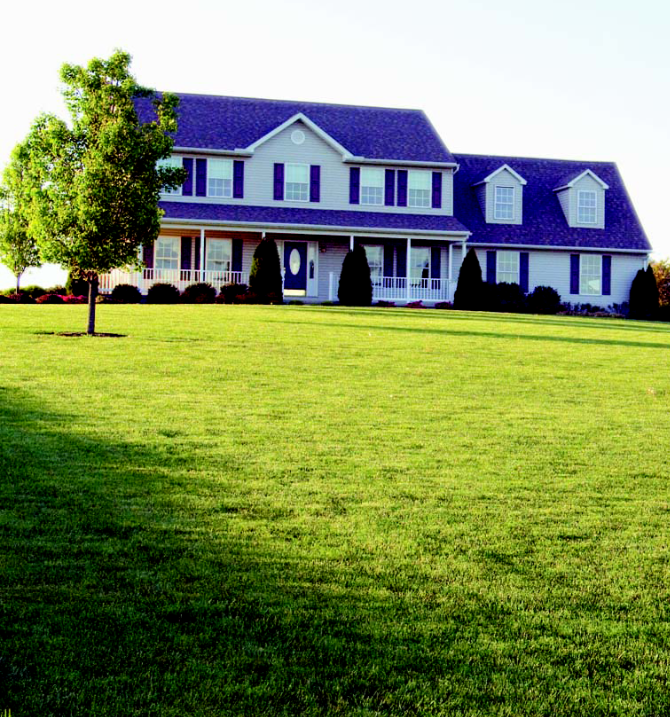
Friday, April 18, 2014
Finding Native Groundcovers
http://nativeplantwildlifegarden.com/finding-native-groundcovers/ describes several groundcovers, one I'd like to try. Heck, all of them. I found this article through a Facebook post by Herring Run Nursery. The Maryland Native Plant Society is also on FB and posts plant and ecosystem information.


Thursday, April 17, 2014
Wren Song--For The Love of a Tree
In http://www.beautifulwildlifegarden.com/for-the-love-of-a-tree.html, Donna Donabello talks about her decisions to cut down four ash trees, and not to cut down the other four. She read an article that woodpeckers were slowing the spread of Emerald Ash Borers. This reminds me that balance in our lives and gardens can buffer us from trouble. I have also seen more woodpeckers this year at my feeders, so I am hoping I will not lose the one ash tree Hurricane Irene left me for many more years.


Wednesday, April 16, 2014
Sources for information on Invasives and Native plants
http://www.nps.gov/plants/alien/pubs/midatlantic/midatlantic.pdf is a downloadable pamphlet on many non-native invasives; good info on the problems they cause, control options, and native alternatives.

MdFlora.org is the MD Native Plant Society website--good info, sources
for native plants, etc.
Wildflower.org, the Lady Bird Johnson Native
Plant Center, has an interactive database for finding native plants.
Following MNPS and Herring Run Nursery on Facebook brings information to your feed.

Tuesday, April 15, 2014
From the VA Native Plant Society--"Natives are Glamorous Plants"
"There may be some non-natives that are beautiful, too,” Randee said, “but beauty doesn’t stop with a visual image. Beauty is in the totality. So the beauty of Asclepias incarnata
includes the beauty of a Monarch butterfly. Not just a snapshot of a
Monarch, but a living, moving Monarch. Now under that definition of
beauty, I defy anyone to come up with any non-native that is more
beautiful than Asclepias incarnata. ”"
http://vnps.org/blog/natives-glamorous/

http://vnps.org/blog/natives-glamorous/

Sunday, April 13, 2014
Cleanliness is not good ecology
From the Maryland Native Plant Society, posted on Facebook:
Richard Murray, DC-area arborist and author of “Tree Biology Notebook,” points out the problems humans cause for tree species, such as White Oak (Quercus alba), that are dependent on mycorrhizae (composite organs of fungi and nonwoody roots). Mycorrhizae, which aid the tree in absorbing water and mineral nutrients, are concentrated in the upper soil layers and tend to spread outward and form thick mats. They are sensitive and easily disturbed, causing potentially serious problems for the tree. The tree depends on the decomposition of annually shed leaves and the diversity of living, dying, and dead organic matter in the soil. Cultural practices such as the removal of fallen leaves, planting of grass, and fertilizing and irrigating reduce mycorrhizae and the biological diversity of the soil.

Richard Murray, DC-area arborist and author of “Tree Biology Notebook,” points out the problems humans cause for tree species, such as White Oak (Quercus alba), that are dependent on mycorrhizae (composite organs of fungi and nonwoody roots). Mycorrhizae, which aid the tree in absorbing water and mineral nutrients, are concentrated in the upper soil layers and tend to spread outward and form thick mats. They are sensitive and easily disturbed, causing potentially serious problems for the tree. The tree depends on the decomposition of annually shed leaves and the diversity of living, dying, and dead organic matter in the soil. Cultural practices such as the removal of fallen leaves, planting of grass, and fertilizing and irrigating reduce mycorrhizae and the biological diversity of the soil.

A Call For Backyard Biodiversity by Doug Tallamy
Acclaimed author and ecologist Douglas Tallamy explains the reasons behind the decline of native flora and fauna, and how we can work to reverse it from our own backyards.
https://www.americanforests.org/magazine/article/backyard-biodiversity/
Wednesday, April 9, 2014
Home Depot's "Bee-Friendly Plants" are Laced with Toxic Pesticides
Bee populations have plummeted over the last decade or so and activists and farmers are very concerned about the impact this loss will have on our food supply. Consequently, Oregon temporarily banned neonicotinoids
– pesticides thought to be a large contributor to their decline (along
with fungicides and other factors) – as a proactive measure, and Europe
has done the same. Meanwhile, all kinds of initiatives exist to revive
bee populations, including Home Depot’s “bee-friendly” plants. Problem
is, researchers have discovered that some of these plants contain even
more bee-killing pesticides than agricultural crops!
Read more: Home Depot's "Bee-Friendly Plants" are Laced with Toxic Pesticides | Inhabitat - Sustainable Design Innovation, Eco Architecture, Green Building
http://inhabitat.com/home-depots-bee-friendly-plants-are-laced-with-toxic-pesticides/
Read more: Home Depot's "Bee-Friendly Plants" are Laced with Toxic Pesticides | Inhabitat - Sustainable Design Innovation, Eco Architecture, Green Building
http://inhabitat.com/home-depots-bee-friendly-plants-are-laced-with-toxic-pesticides/
Tuesday, April 8, 2014
[Wren Song] 124 Manage Stormwater With Native Plants
Plants can adapt. Concrete cannot.

This rain garden is about to be planted with native plants.
Carole Sevilla Brown (Philadelphia, PA) has a good website and sends out e-mails with a link to the latest newsletter. This one ( http://www.ecosystemgardening.com/wren-song/124-manage-stormwater-with-native-plants ) has several interesting articles, as well as a "Come Hear Us Speak" list of team members speaking, including April 10, 2014 – Vincent Vizachero, Monarch Butterflies & More: Native Plants in Pollinator Gardens, Baltimore, MD speaking at Blue Water Baltimore 6 PM (https://actionpage.causeview.com/actionpage/55116201456013039).
Saturday, April 5, 2014
Two websites with interesting general environmental information
Two websites with interesting general environmental information: Worldometers (http://www.worldometers.info/), ticking up population and soil lost to erosion (among other data), and Environmental Health News (http://www.environmentalhealthnews.org/), which will e-mail updates on global environmental issues such as triclosan, polluted areas, and regulations.
Jerrold Jones walks his dog near Yosemite Slough, located between Candlestick Park and the Hunters Point Shipyard, where the EPA will post signs warning against fishing and swimming.
Jerrold Jones walks his dog near Yosemite Slough, located between Candlestick Park and the Hunters Point Shipyard, where the EPA will post signs warning against fishing and swimming.

Subscribe to:
Comments (Atom)

